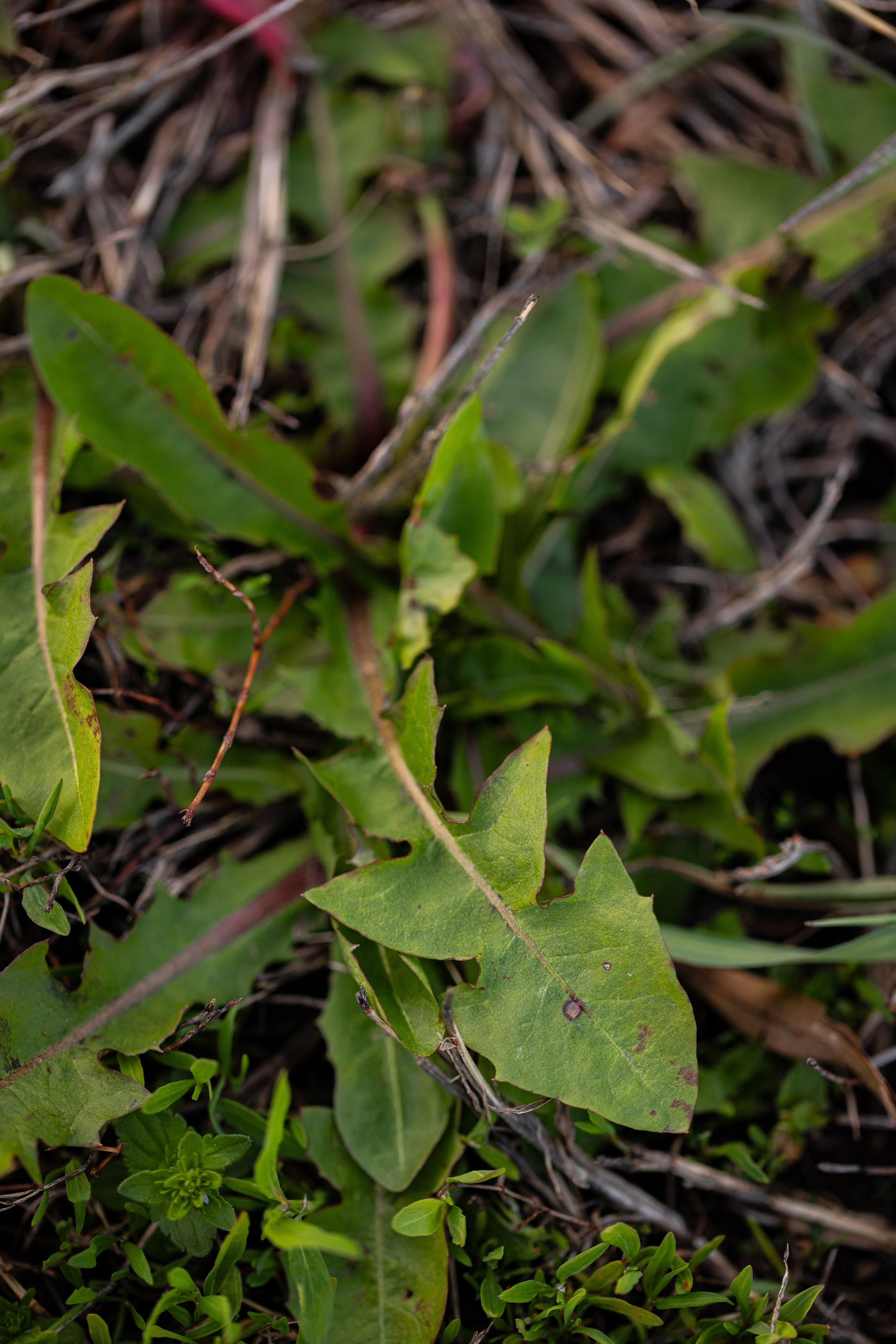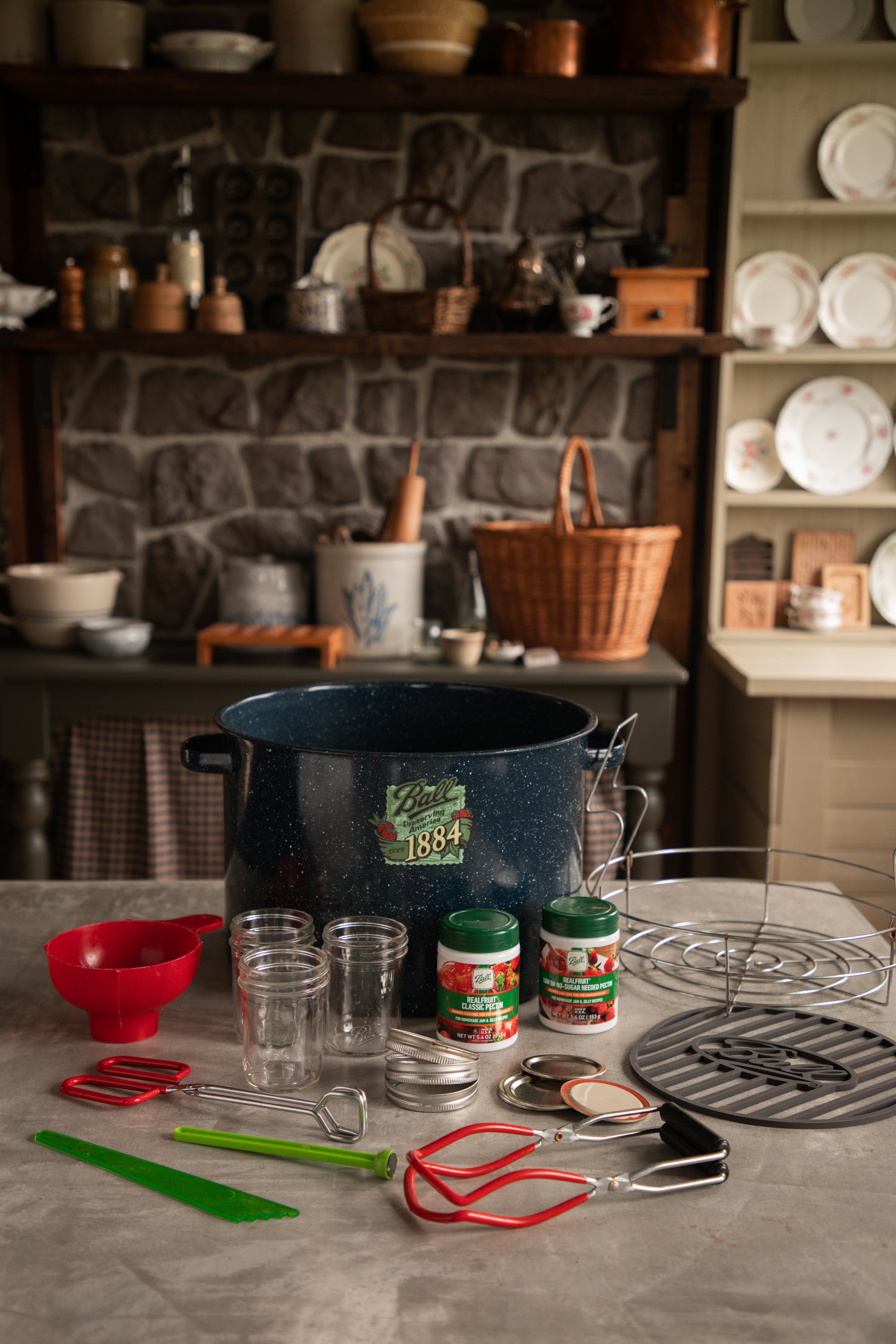The Ultimate Guide to Foraging Dandelions: How to Harvest Flowers, Greens, and Roots
This post may contain affiliate links, please see our privacy policy for more information.
There’s a quiet magic in wandering the spring meadow, basket in hand, in search of golden dandelions. In this cozy foraging guide, I’ll share tips for harvesting dandelion flowers, greens, and roots safely — along with ways to use and preserve your bounty all year long.
why Forage for Dandelions?
Dandelions are among the first foods for pollinators in springtime, but their magic doesn’t end there. These sunny little plants are rich in vitamins and minerals, useful from flower to root. Harvesting dandelions invites a slower, more mindful connection with the land — and brings wild, nourishing food into your home.
Are Dandelions Good for you?
Dandelions have been prized for centuries as natural healers. Ancient herbalists believed they could purify the blood, and today, science agrees they have many wonderful benefits. Dandelions may help:
Support liver health
Stabilize blood sugar
Aid digestion and mineral absorption
Reduce inflammation
Improve overall cellular health
Be Cautious with any foraged plants that you may consume. For those with allergies towards ragweed, the dandelion should be avoided. If you are taking medications for kidney function, diuretics, or certain antibiotics consult with your healthcare practitioner. Please take any all holistic medicine or herbal foraging advice with a grain of salt, especially from a website that is not professionally approved - like ours!
How to Identify Dandelions
Dandelions (Taraxacum officinale) are wonderfully easy to recognize.
Look for:
A single bright yellow flower head per hollow stem
Deeply lobed, jagged leaves growing close to the ground (basal leaves)
White milky sap when the stem is broken
Fluffy white seed heads — perfect for making wishes!
Dandelions are technically a perennial herb, and they’re well known for their ability to spread quickly through seeds and hardy roots.
where Can You Find Dandelions?
You’ll find dandelions thriving in the most unexpected places — from cracks in the sidewalk to wild meadows and pastures. They’re a symbol of resilience, growing across the globe in nearly every climate.
In most areas, dandelions bloom strongest in the spring and again in the fall. Look for them in sunny or partially shaded areas with good drainage.
Tools You’ll Need for Foraging Dandelions
A small basket or paper bag
Scissors or garden shears (optional)
A hand trowel or small shovel (especially for roots)
Gloves (optional, for those who prefer)
how to harvest dandelions
Harvesting Dandelion Flowers:
The best time to pick dandelion flowers is in the morning, once they have fully opened but before the midday sun wilts them.
Simply pinch the flower head at the base and drop it into your basket.
Wash flowers gently to remove insects, and let them dry on a mesh drying screen or clean cloth.
Harvesting Dandelion Greens:
If you’d like to gather the greens (and I encourage you to!), the best time is in early spring, before the plants flower. After flowering, the greens become increasingly bitter — similar to lettuce or spinach in the heat.
Harvest in the morning while the dew is still fresh for the sweetest leaves.
Wash greens thoroughly in cold water and spin dry.
Store in an airtight container in the refrigerator, or dry them for later use.
Harvesting Dandelion Roots:
For the richest nutrients, harvest dandelion roots in the fall, when the plant's energy has returned underground. Spring or summer harvests are still possible, but fall roots are best for medicinal or culinary use.
Use a hand shovel to dig around the entire plant; tugging often leaves the root behind.
Shake off excess soil.
Rinse roots immediately in cold water — once dirt dries on the root, it can be nearly impossible to remove!
cooking with dandelions
There’s no shortage of cozy ways to enjoy your dandelion harvest!
Flowers are delightful in muffins, breads, cookies, cakes, and herbal teas.
Greens shine in fresh salads, pesto, or sautéed with bacon fat.
Roots can be roasted and brewed into a rich, coffee-like tea.
Try these recipes to begin cooking with dandelions!
How to Preserve Dandelions
If you’d like to enjoy dandelions year-round, preserving is simple!
Flowers can be dried whole or with petals separated.
Greens can be dried like herbs, or stored fresh for a few days refrigerated.
Roots should be washed, chopped, and dried in a well-ventilated space.
Try These Preserving Recipes:
Dandelion Jelly
final thoughts:
Whether you are a seasoned forager or simply curious about the wonders growing at your feet, I hope this guide inspires you to step outside, basket in hand, and gather a little sunshine. Dandelions are a gift — beautiful, useful, and entirely free — waiting just beyond your door.
Happy foraging, my friend! 🌼
xoxo Kayla














